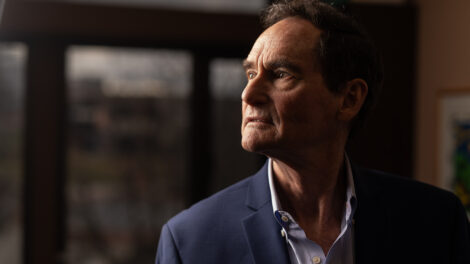Prof. Jim Toia’s solo exhibition on display at Rutgers’ Zimmerli Art Museum
By Shannon Sigafoos
Jim Toia, director of community-based teaching, department of art, presents an expansive view of his work on fragile and threatened landscapes with his solo exhibition, Notes on Threatened Landscapes, at the Zimmerli Art Museum, 71 Hamilton St., New Brunswick, N.J, now through July 21, 2024.
It’s the second time that Toia has exhibited at Rutgers, though it is the first time he has exhibited at the Zimmerli, one of the largest and most distinguished university-based museums in the country.
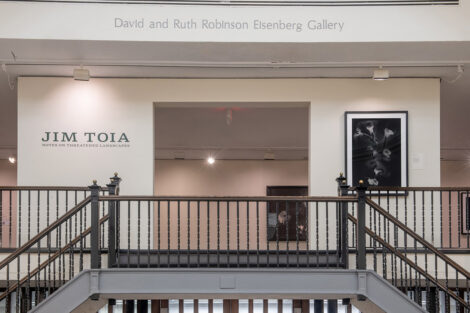
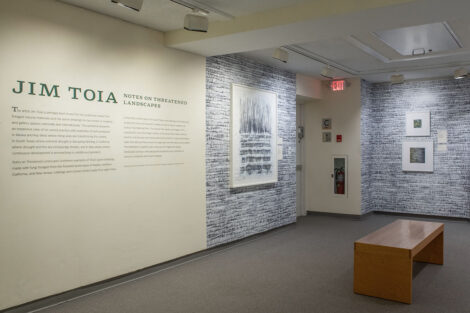
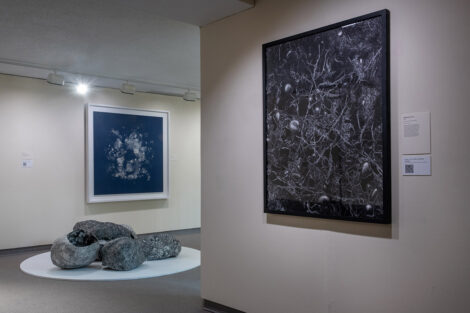
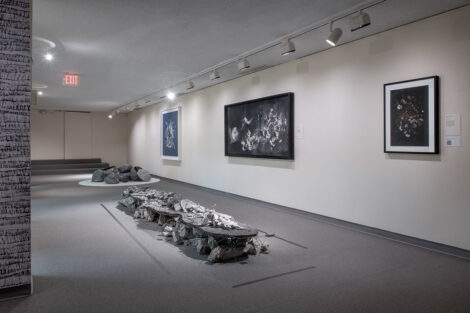
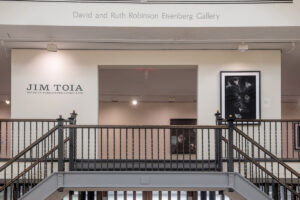
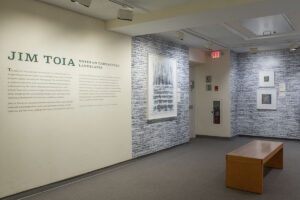
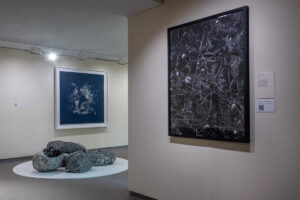
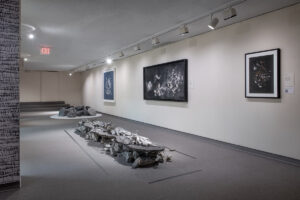
For each piece that is part of the exhibition—and as is often the case for Toia—nature is more than a muse or a subject matter. Rather, it is an artistic collaborator and directly engaged in the process of making art and deepening our understanding of the relationship between humans and nature. Notes on Threatened Landscapes includes spore drawings made with fungi foraged in Alaska, California, and New Jersey; rubbings and contact prints from palm trees in Key West; anthill casts from Texas; and drawings and hollow-cast sculptured rocks and boulders created during Toia’s residency at BoxoPROJECTS, a private artist residency program in Joshua Tree, Calif.
It was during this residency, when the events of 2020 gave him additional time to purposefully wander through the desert, that Toia began to focus on the landscape differently.
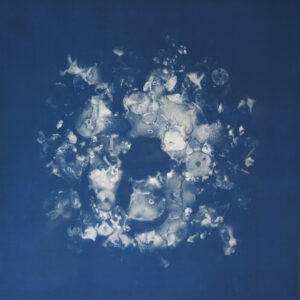
Intergalactic
“Being isolated [during the pandemic] in a fairly remote part of the country, on a piece of property with a national park directly behind me that I could walk into, gave me the opportunity to really spend time feeling and focusing on the landscape. I took hikes every day after working in the studio, and I absorbed whatever that experience was,” Toia recalls. “The desert has so many different types of terrains that each one I went to had a strikingly different feel to it.”
The imagery he collected of the desert’s cryptobiotic crust (the fragile surface of the desert floor consisting of microscopic algae, moss, lichen, mycelium, bacteria, and other living organisms) was taken with an electron microscope and manipulated in a way that the paper prints were cast over desert “boulders.” Calling attention to the beauty, complexity, fragility, and vulnerability of the desert floor, the images became a central focus for Toia and exhibition curator Donna Gustafson as they pieced together which of his works would fall into the exhibition’s theme.
“It’s not necessarily just extreme landscapes, but landscapes that are threatened, and threatened in many different ways. It was an interesting opportunity for us to have a conversation about the various ways that the artworks exemplify problems or issues within those threatened landscapes,” he says. “I wanted the work to have a bit more of an environmentalist or activist note to it—not necessarily to make work that’s activist oriented, but work that really takes into account what’s happening in the landscape.”
Other natural relics from Toia’s collection with which he already had extensive experience—mushroom spores—play a large part in the exhibition, as do pewter casts of ant colonies on a combination of steel, lava rock, and concrete.
He had assistance with creating a platform for the ant colony piece from Lily Dineen ’24, an art history major, who also helped Toia with summer research on other venues in the country where it would make sense to exhibit his work. Dineen, who was in one of Toia’s drawing classes in her first year at Lafayette, says seeing the entire exhibit together at the museum, rather than as pieces in a studio, creates a cohesion that allows a viewer’s environmentalist side to be pulled in.
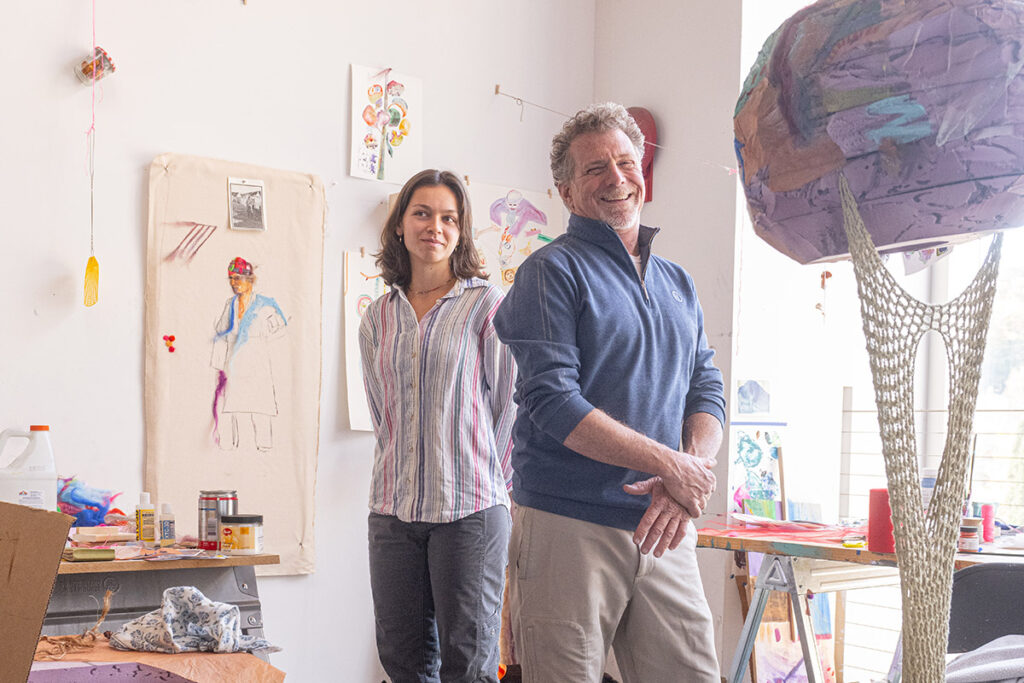
“The ant colony piece, for example, is just incredible, and there’s an aspect to it that’s very delicate. Your first impression is that you’re looking at it and questioning how it’s made—and it’s literally created by ants. It’s where they lived. It pulls your interest into wanting to know more about these threatened things,” Dineen says. “Each piece [in the exhibition] has a unique aspect to it, and they’re cohesive in that they’re all delicate and detailed, and make you want to learn about these different areas.”

29,000 Broken Hearts
When it comes to students’ interpretations of his work, Toia also was gratified to learn that Rutgers’ Undergraduate Annual Exhibition, running Oct. 30–Nov. 14, will be inspired by Notes on Threatened Landscapes.
“I’m careful not to be too alarmist in the way that I approach or present the work. I don’t want to scream about the environment. People don’t go to see the politics behind the art; we go to see the art as a form of escape,” muses Toia. ‘I’m careful to try to work a little bit from a child’s perspective of wonder, because when we enter the landscape, we go back to that. Hopefully, we go back to those moments where we’re sticking our nose in the grass and smelling the earth, and that’s the beginning of the conversation.”

